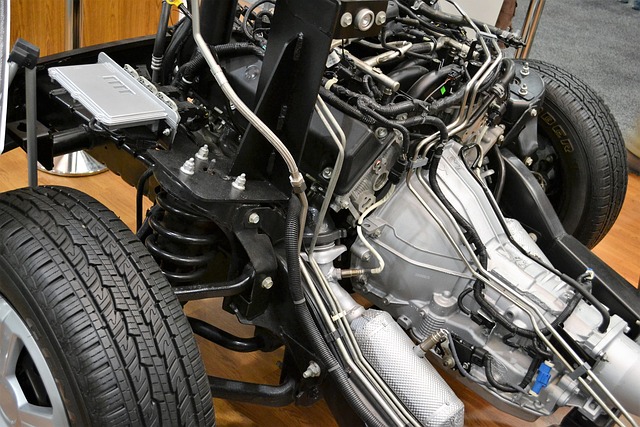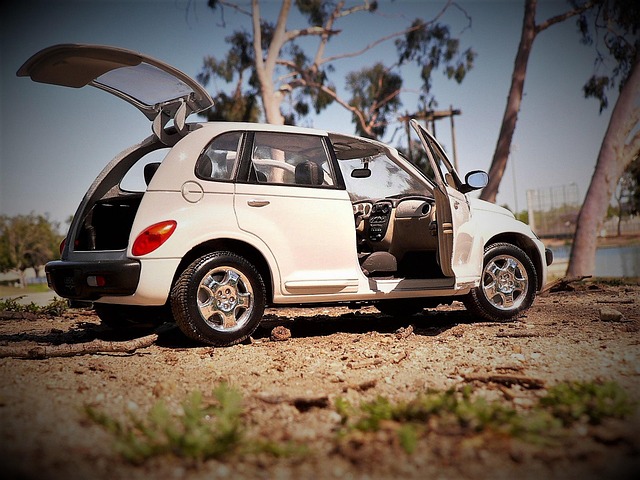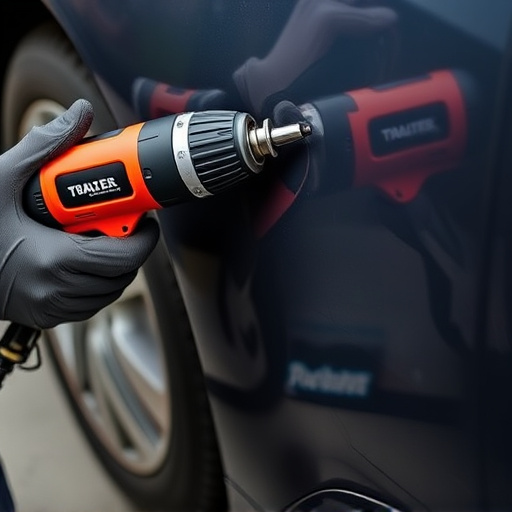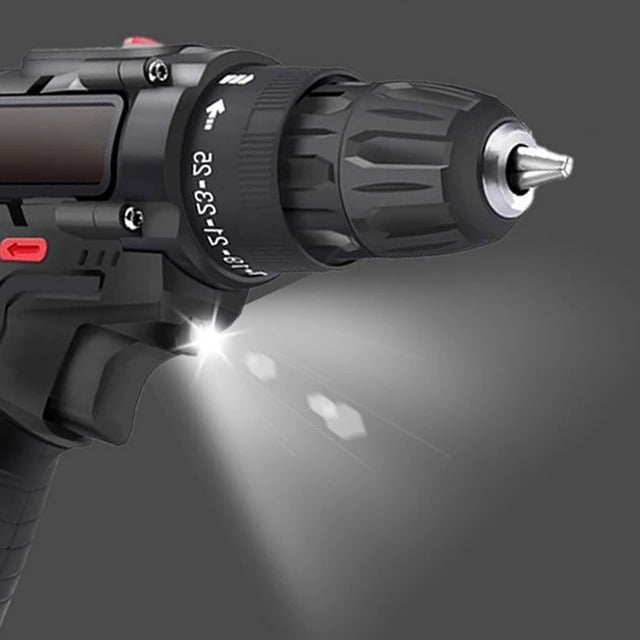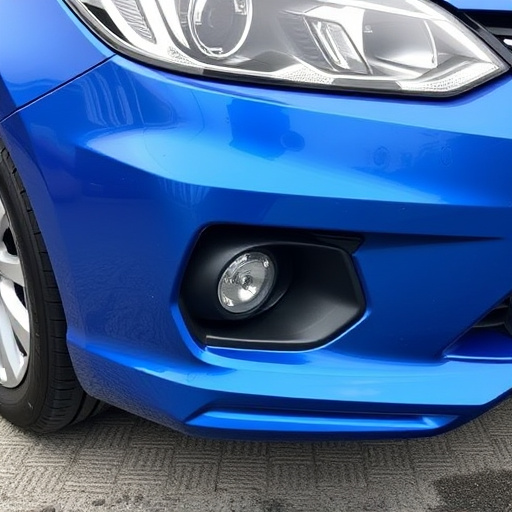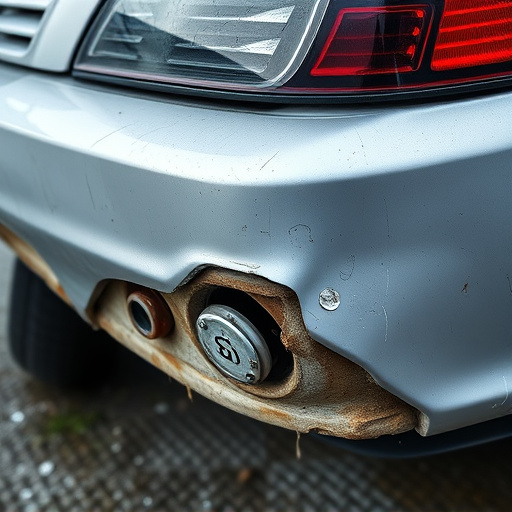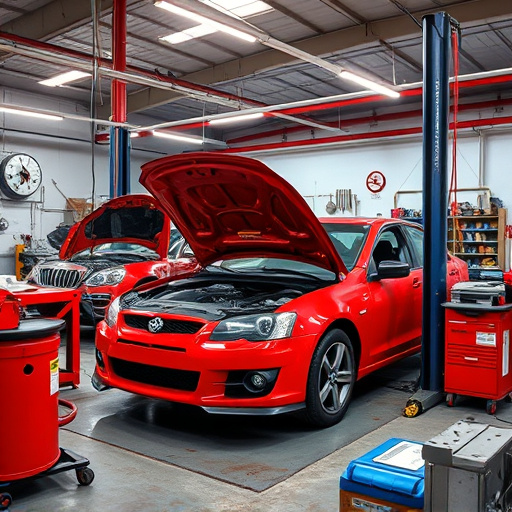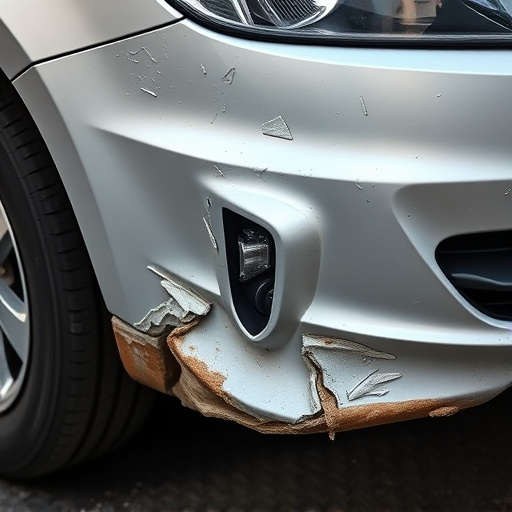The dent removal process is a specialized art in auto body repair, aiming to restore vehicles to pre-incident condition both aesthetically and structurally. It involves assessment, choice of repair method (from manual tools to advanced machinery), and techniques like pounding, picking, heat application, and vacuum use. Effective dent removal is crucial for collision repair services, ensuring vehicles look good and are structurally sound. Professionals use tools like pneumatic dents pullers, putty knives, sandpaper, and composite fillers, selecting high-quality paints and materials for flawless results. While minor dents can be fixed with basic methods, deeper damage requires specialized techniques like Paintless Dent Repair (PDR) to preserve bodywork integrity and vehicle value.
“Uncover the secrets behind seamless dent removal with our comprehensive guide. This article explores the trusted techniques professionals employ to restore vehicles to their pre-damage condition. From understanding the intricate steps involved to discovering the latest tools and materials, we demystify the process. Additionally, we address common misconceptions, ensuring you’re well-informed. Discover the art of dent repair, where precision meets expertise, and learn why these methods are the industry standards for effective dent removal.”
- Understanding the Dent Removal Process: Steps and Techniques
- Professional Tools and Materials for Effective Dent Repair
- Common Misconceptions About Dent Removal and Their Debunking
Understanding the Dent Removal Process: Steps and Techniques

The dent removal process is a meticulous art that professionals rely on to restore vehicles to their pre-incident condition. It involves several steps and techniques, each designed to accurately and gently manipulate the metal back into its original shape. The journey begins with an assessment to determine the severity of the dent and the most suitable repair method. This could range from simple hand tools for minor dents to advanced machinery for larger, more complex damage.
Professionals employ various techniques like pounding, picking, or using specialized tools that apply heat or vacuum to create a controlled expansion effect, pushing the metal back into place. The process demands precision and expertise to avoid further damaging the vehicle’s body, especially with today’s sophisticated car designs. Effective dent removal not only fixes aesthetics but also ensures structural integrity, making it an essential component of auto body work and collision repair services in a body shop.
Professional Tools and Materials for Effective Dent Repair

Professionals in the dent removal process rely on specialized tools and materials to achieve precise, effective repairs. These include state-of-the-art equipment like pneumatic dents pullers, which use compressed air to gently remove dents from vehicle surfaces, minimizing damage and ensuring a smooth finish. Additionally, they employ various types of putty knives, sandpaper, and composite fillers that allow for detailed shaping and color matching during the auto bodywork process.
The choice of materials is crucial in vehicle collision repair. Professionals select high-quality paints and primers that adhere well to car bodies, ensuring long-lasting results. They also use specialized gels and compounds that facilitate the removal of deeper or more stubborn dents, contributing to a flawless final product that preserves the aesthetics and value of the auto bodywork.
Common Misconceptions About Dent Removal and Their Debunking

Many people mistakenly believe that dent removal is a quick fix, often assuming it involves simply popping out the dented panel and voila! The reality is much more intricate. Professional dent repair, or dent removal process, requires specialized tools and techniques to ensure the vehicle’s bodywork is restored seamlessly without compromising structural integrity.
Another common misconception is that all dents can be removed without trace. While it’s true that some smaller dings might vanish with simple car dent repair methods, more severe dents often leave indents that require advanced techniques such as PDR (Paintless Dent Repair) or more intensive auto repair services to completely disappear. This meticulous process ensures not only a smooth finish but also maintains the vehicle’s value by preserving its original bodywork.
The dent removal process, while seemingly daunting, is a refined art professionals rely on. By understanding the steps, employing trusted tools and materials, and dispelling common misconceptions, anyone can achieve remarkable results. Armed with knowledge and the right approach, dent removal need no longer be a chore but a surefire way to restore vehicles to their pristine conditions.
